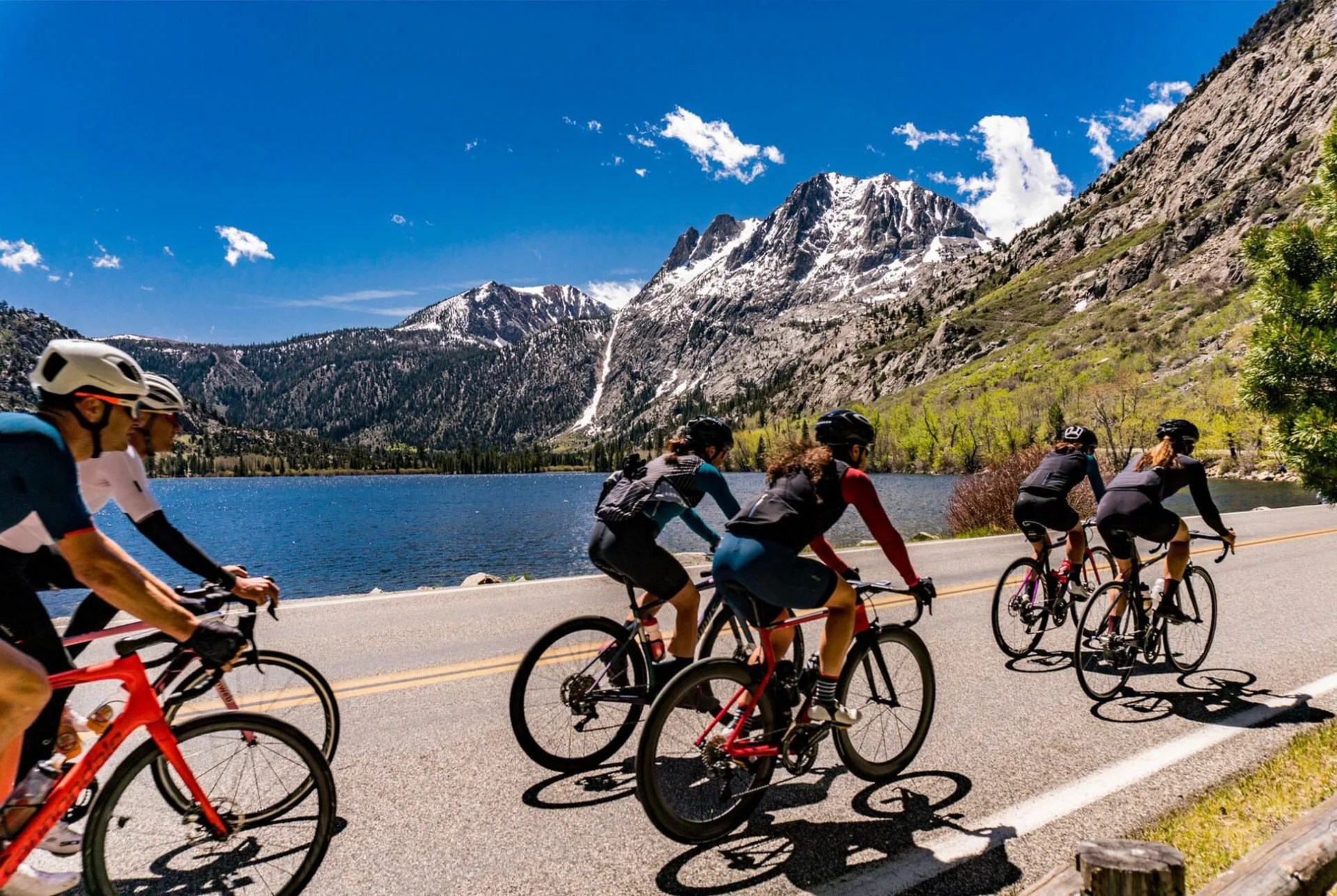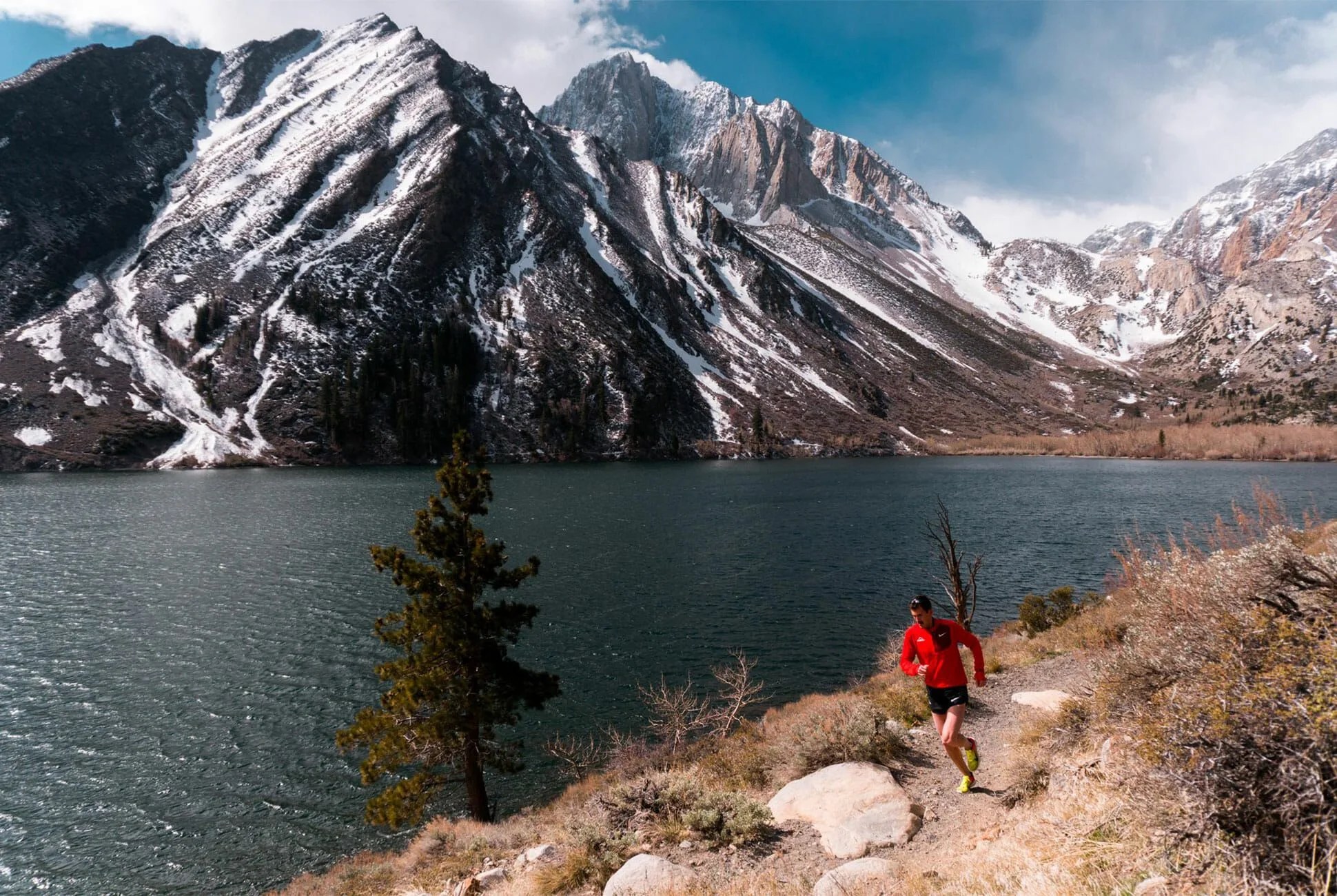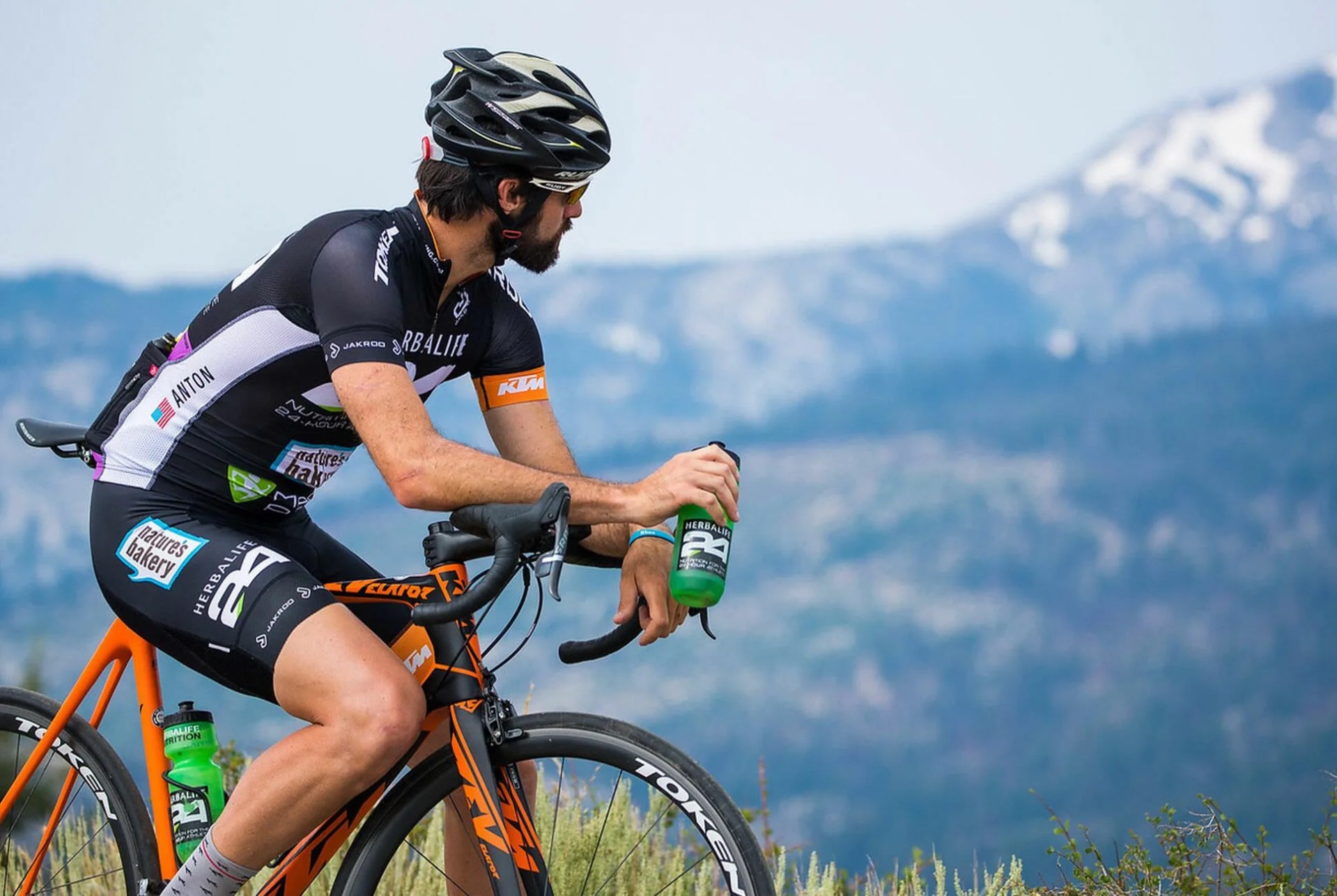Join me, if you will, in 2010. No, this isn’t some Facebook 10-year challenge. It’s 22-year-old me riding a bike over Wolf Creek Pass in the Race Across America. I’m young, fit, and convinced I am invincible. I am also breathing through what feels like a straw. Someone is paying for me to ride a bike fast, and I can barely get up the hill. Nobody is paying me to walk in silly shoes, so I get to the top before handing over to the next rider, but I certainly considered a job in accounting halfway up that climb. I was born and raised in the UK, where the highest point is the summit of Ben Nevis at 4,413 feet. I haven’t been there. Wolf Creek pass tops out at 10,856 feet. As I crested the summit, it felt like all 6,443 of those extra feet were standing on my throat.
Unless you were born and raised in the mountains, you may have noticed that visiting them can be a pretty weird experience. Put aside for a second the strange proliferation of Subarus and the fact that literally everyone makes the same joke about waiting five minutes if you don’t like the weather: what I’m concerned with is the weird wheezing, surprise headaches, and difficulty sleeping even though you’re a thousand miles away from the noise and distraction of the city.
That, my friends, is altitude.
Despite the fact that altitude makes you suck at just about everything, including moving, sleeping, drinking and breathing, athletes the world over have been voluntarily subjecting themselves to it for decades. Why? I assembled a crack squad of athletic boffins to find out. My A(ltitude) team included physical therapist and ultra-runner Tim Tollefson and exercise physiologist and coach Andrew Kastor, who both live and train in the thin air endurance mecca of Mammoth, California, as well as Neal Henderson, head of sports science for Wahoo Fitness, and Chessa Adsit-Morris, USATF trail marathon champion and Ph.D. candidate. I had no doubt that together, they could demystify the connections between altitude, air and athleticism. And that if I dug a little deeper, I could learn how to score the benefits of altitude exposure without moving to Mammoth or Boulder.
Altitude Training, Explained

First, it’s important to understand what it is that makes you feel bad at altitude. Henderson explains: “What happens as you get farther from sea level is that particles in the air become less densely packed as a result of lower pressure and this partial pressure of oxygen (PO2) is reduced because of the reduced barometric pressure.” In layman’s terms, it’s not just that there is less oxygen in the air, there is less air in the air. The result in the body is that your blood oxygen levels drop. Note that this isn’t the same as your breathing being restricted. You still breathe normally at altitude — in fact you breathe more — you just get a little less oxygen in every lungful.



